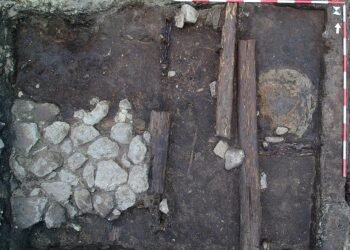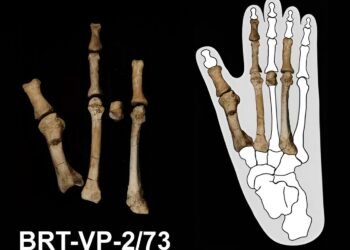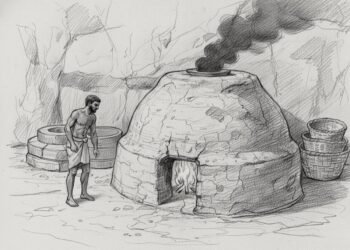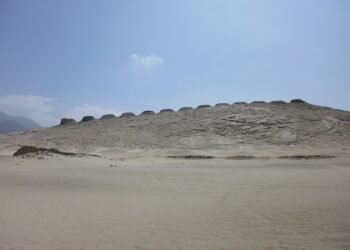A new study has uncovered a major genetic bottleneck in Neanderthals about 110,000 years ago, shedding light on their demographic history and potential causes for their extinction. The research was conducted by an international team of scholars and published in Nature Communications. They examined the morphology of the semicircular canals—structures in the inner ear responsible for balance—to track genetic diversity in Neanderthal groups over a span of almost 400,000 years.

Alessandro Urciuoli from the Institut Català de Paleontologia Miquel Crusafont and Mercedes Conde-Valverde from the University of Alcalá headed the research. Rolf Quam and graduate student Brian Keeling from Binghamton University also played a part in the study. The researchers examined fossil specimens from multiple sites, such as Atapuerca in Spain, Krapina in Croatia, and other locations in Europe and Western Asia. What they found aligns with earlier ancient DNA studies, confirming the idea that later Neanderthals saw a dramatic decline in genetic diversity.
“By including fossils from a wide geographical and temporal range, we were able to capture a comprehensive picture of Neanderthal evolution,” Conde-Valverde said. “The reduction in diversity observed between the Krapina sample and classic Neanderthals is especially striking and clear, providing strong evidence of a bottleneck event.
The study analyzed changes in the semicircular canals, which are formed before a baby is born and are under tight genetic control. These structures don’t affect survival, so their variations serve as an excellent proxy for estimating genetic diversity. The team used advanced 3D imaging and mathematical modeling techniques to examine these canals. They found that typical Neanderthals had less morphological diversity compared to their earlier relatives, both pre-Neanderthals and early Neanderthals.
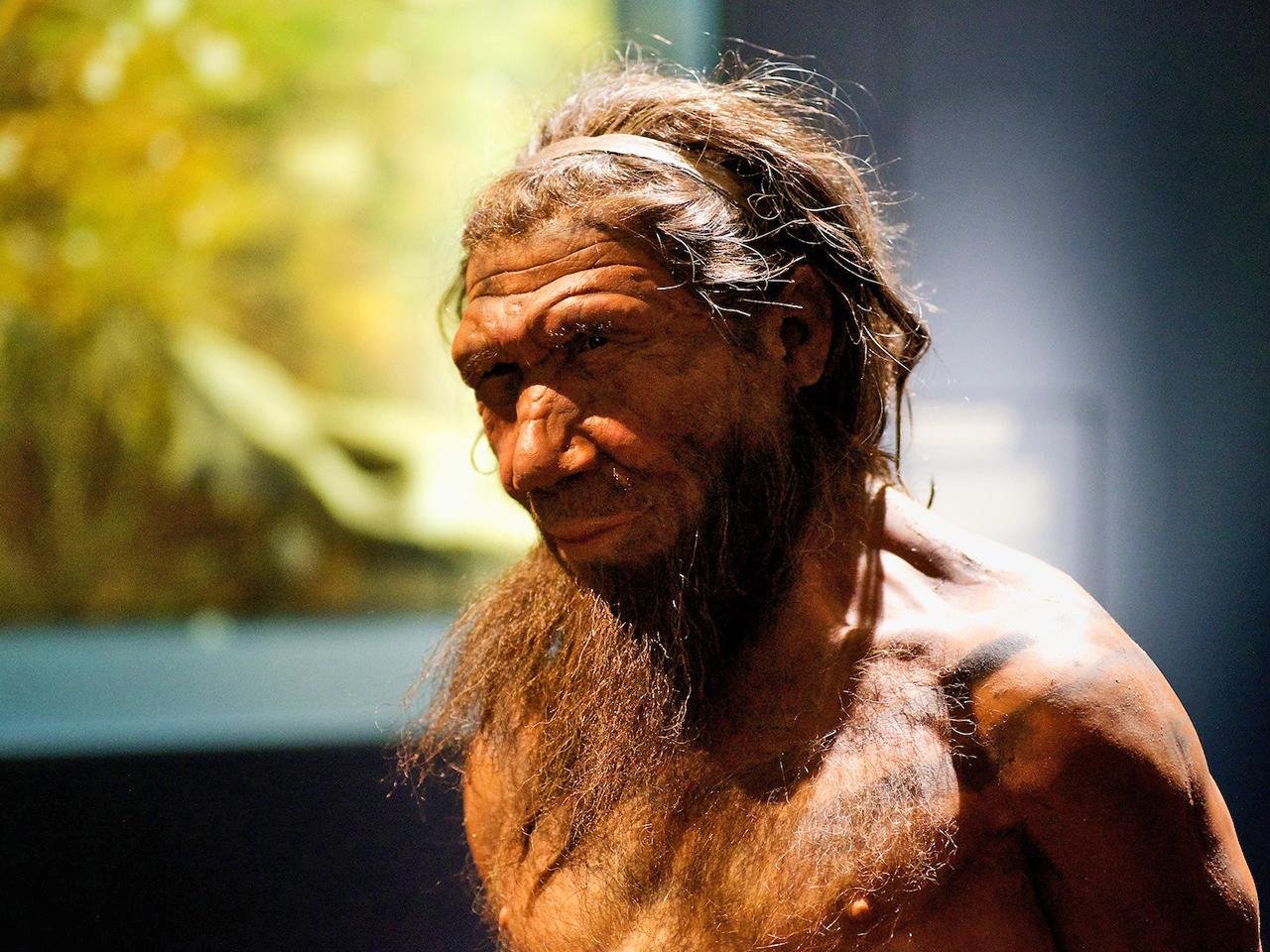
“The development of the inner ear structures is known to be under very tight genetic control,” explained Quam. “This makes variation in the semicircular canals an ideal proxy for studying evolutionary relationships between species in the past, since any differences between fossil specimens reflect underlying genetic differences.”
The research challenges previous theories that suggested a genetic bottleneck occurred at the start of Neanderthal evolution. The findings reveal that pre-Neanderthals from Sima de los Huesos (about 430,000 years old) had similar levels of morphological diversity to early Neanderthals from Krapina (around 130,000 years old). This points to Neanderthal populations remaining stable and diverse for hundreds of thousands of years before experiencing a sudden decline.
“We were surprised to find that the pre-Neanderthals from the Sima de los Huesos exhibited a level of morphological diversity similar to that of the early Neanderthals from Krapina,” said Urciuoli. “This challenges the common assumption of a bottleneck event at the origin of the Neanderthal lineage.”
The time when this genetic decline happened coincides with climatic changes in Europe, hinting that shifts in the environment might have been key in reducing Neanderthal populations. Also, earlier studies have found evidence of population turnover among European Neanderthals, which could have exacerbated their decline.
While previous studies have used ancient DNA to track genetic bottlenecks, this study shows a new way to use inner ear morphology to look at population history. This method is valuable for older fossil samples where DNA preservation is poor or nonexistent.
Urciuoli, A., Martínez, I., Quam, R. et al. (2025). Semicircular canals shed light on bottleneck events in the evolution of the Neanderthal clade. Nat Commun 16, 972. doi:10.1038/s41467-025-56155-8




